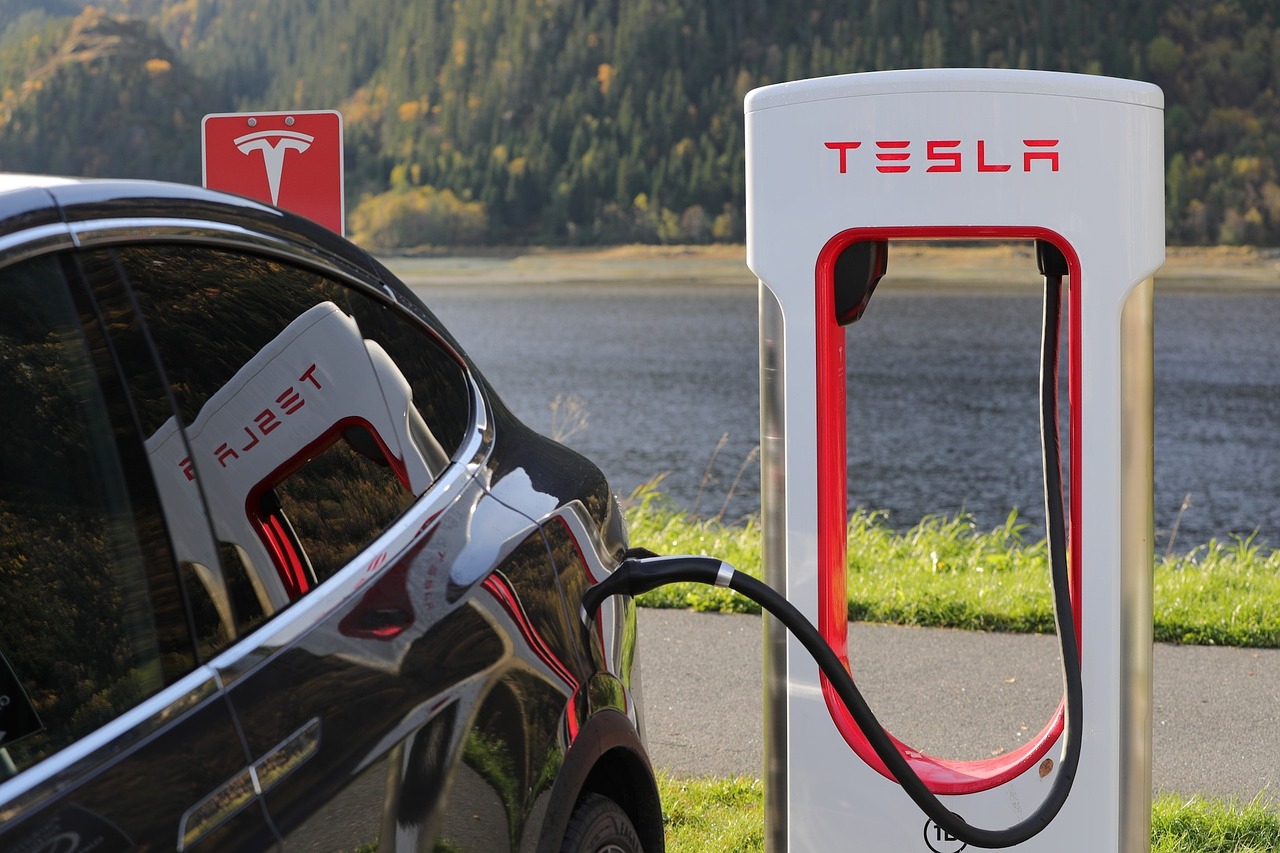Chimestry
The Powerhouse of Progress: A Deep Dive into Electric Car Batteries
Remember those clunky gas guzzlers that used to dominate the roads? Well, move over, dinosaurs, because electric cars are stealing the show, powered by a silent hero: the battery. It's not just any battery, though – it's a futuristic party pack brimming with energy and technology, and it's the reason your electric car feels like a magic carpet with wheels.
Imagine this: inside the battery, there's a microscopic dance floor where billions of tiny things called lithium ions groove from one side to the other, like cheerleaders carrying energy flags. These flags? They're what power your car, making it zip up hills and zoom past traffic jams (well, almost!).
When it comes to electric car batteries, not all are created equal! While lithium-ion currently reigns supreme, there are other technologies in the pipeline, each with its own strengths and weaknesses. Let's dive into the different types of electric car batteries:
1. Lithium-ion (Li-ion):
- King of the Hill: Most electric cars on the road today use Li-ion batteries. They offer high energy density (range), good efficiency, and relatively long lifespans.
- Challenges: Can be sensitive to temperature extremes, expensive to manufacture, and have potential safety concerns (rarely, thermal runaway fires).
- Advancements: Solid-state Li-ion batteries promise faster charging, improved safety, and potentially lower costs.
2. Nickel-metal hydride (NiMH):
- The OG: Used in early hybrid cars, NiMH batteries are less energy-dense than Li-ion but have wider operating temperatures and better cold-weather performance.
- Fading Star: Largely outclassed by Li-ion in terms of range and cost, NiMH is rarely used in newer EVs.
3. Lead-acid:
- The Workhorse: Reliable and inexpensive, lead-acid batteries are mainly used in stop-start systems and low-speed electric vehicles.
- Heavy Hitter: Their significant weight and low energy density make them unsuitable for long-range EVs.
- Green Concerns: Lead mining and recycling raise environmental concerns.
4. Emerging Technologies:
- Solid-state: As mentioned above, these batteries could be a game-changer with their improved safety, fast charging, and potentially lower costs.
- Sodium-ion: Utilizing abundant and cheaper sodium instead of lithium, these batteries offer potential cost advantages but currently have lower energy density.
- Redox Flow: These large-scale storage batteries are ideal for stationary applications but not suitable for electric vehicles due to their size and weight.
The Future Unfolds:
The battery landscape is constantly evolving, with research focused on improving existing technologies and exploring new ones. The ultimate goal: a safe, affordable, and high-performance battery that drives the electric car revolution even further.
